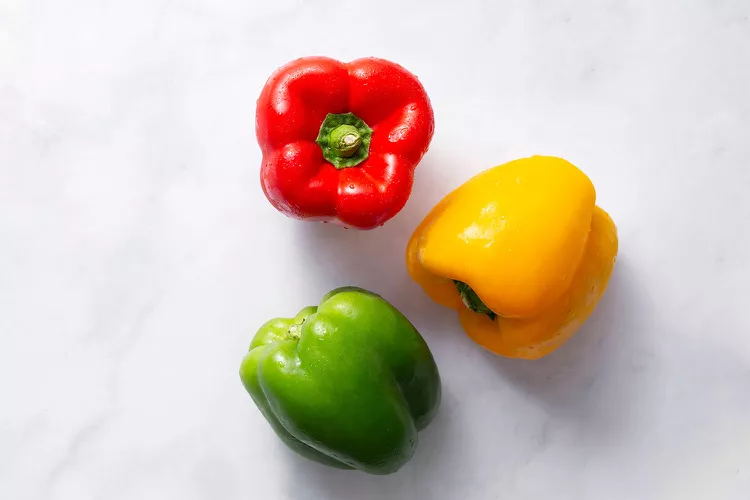- No. 268 Xianghe Street, Economic Development Zone of Xingtai city, Hebei 054001 China
- Byron@hbhongri.cn
fermenting dried chili peppers
Fermenting Dried Chili Peppers A Flavorful Journey
Fermenting dried chili peppers is a culinary art that not only enhances the flavors of these fiery ingredients but also adds depth and complexity to various dishes. The process of fermentation has been employed in diverse cultures around the world, creating a unique blend of flavors and health benefits. Let's explore the intricate process of fermenting dried chili peppers and the rich flavors that emerge from it.
Fermentation occurs when natural microorganisms, such as bacteria and yeast, metabolize sugars and starches, producing acids, gasses, or alcohol. This process not only preserves food but also enhances its nutritional value and introduces probiotics, which are beneficial for gut health. When it comes to chili peppers, fermentation can transform their raw heat into a symphony of tangy, savory, and umami flavors.
To start fermenting dried chili peppers, it's essential to choose the right type. Varieties such as ancho, guajillo, or arbol are commonly used due to their distinctive heat levels and flavor profiles. These dried peppers can be found at specialty stores or online. Once you have selected your peppers, the first step is to rehydrate them by soaking them in hot water for about 20 to 30 minutes. This process revives the peppers and prepares them for fermentation.
After rehydration, the next step involves blending the peppers into a paste. You can add various ingredients such as garlic, onions, salt, and even fruits like pineapple or mango to create a unique flavor combination. Salt is crucial in fermentation, as it helps to control the microbial growth, preventing unwanted bacteria from spoiling the mixture. A general guideline is to use about 2-3% salt based on the weight of the peppers.
fermenting dried chili peppers

Once the paste is prepared, it should be packed tightly into a clean, non-reactive jar. Make sure to leave some headspace to allow for the expansion of gases during fermentation. It’s advisable to cover the jar with a lid or a cloth secured with a rubber band to keep dust out while allowing the gases to escape. Place the jar at room temperature, away from direct sunlight, and let it ferment for a week or longer, depending on your taste preference.
During the fermentation process, it's important to check the mixture regularly. You may notice some bubbles forming, which is a good sign that fermentation is happening. If you see any mold, simply scrape off the top layer. After the desired fermentation period, the chili paste will have developed a tangy flavor profile that can be used in a variety of dishes.
Fermented dried chili peppers can be used in sauces, dips, and salsas, adding a depth of flavor that fresh peppers can't duplicate. Whether blended into a vibrant hot sauce or incorporated into soups and stews, the flavors of fermented chili peppers will elevate any dish they touch. Additionally, the probiotics generated during fermentation can offer health benefits, contributing positively to your digestive health.
In conclusion, fermenting dried chili peppers is a rewarding process that yields not only delicious flavors but also a product that supports gut health. It opens a world of culinary creativity, allowing cooks to experiment with different pepper varieties and flavor combinations. Whether you’re a novice in the kitchen or a seasoned chef, fermenting dried chili peppers can become a cherished technique in your culinary repertoire, adding an extra kick to your meals. So, grab some dried chili peppers, and embark on this flavorful fermentation journey!
-
Turmeric Rhizome Powder: A Golden Treasure from Roots to TableNewsJul.28,2025
-
The Versatile Application Of Crushed Red Hot Peppers: Lighting Up The Red Flames On The Dining TableNewsJul.28,2025
-
The Paprika: A Touch Of Vibrant Red In Color, Flavor, And CultureNewsJul.28,2025
-
Ground Turmeric: A Modern Examination of an Ancient SpiceNewsJul.28,2025
-
Capsicum Liquid Extract: Features, Applications, and ChallengesNewsJul.28,2025
-
Application of Capsicum Liquid Extract in FoodNewsJul.28,2025







